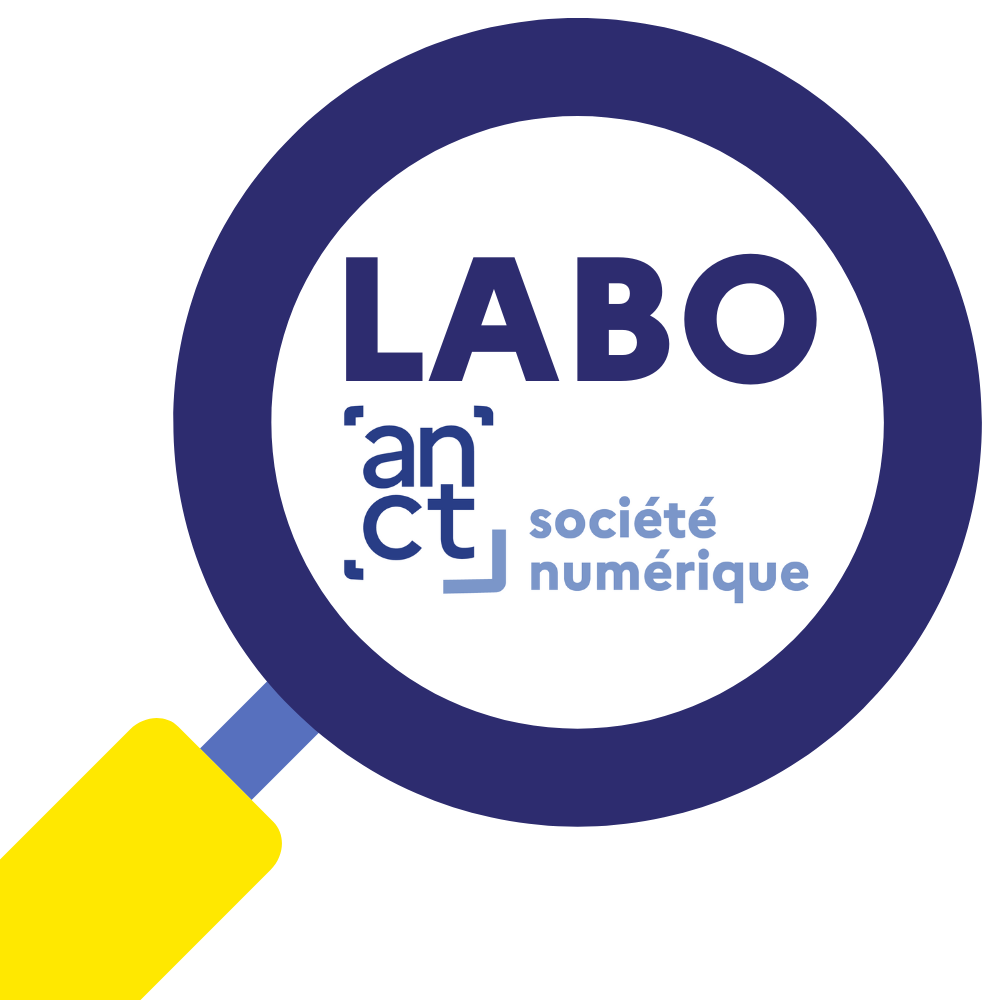During the spring lockdown, parents had to improvise as home schoolers. According to a survey conducted by Harris Interactive for the State Secretariat for Children and Families, 64% of parents found this role easy to play. " Beyond the content to be taught, the mastery of the digital tools necessary for the development of this learning at home was a first test for 44% of parents who were directly confronted with their limits in this area.
Based on the Capuni Crise survey conducted during the first lockdown among 2317 French people, three researchers from GIS Marsoin, Fabien Collas, Géraldine Guérillot and Pascal Plantard, provide valuable insights on the place and contribution of digital technology in supporting educational and training activities during the spring 2020 lockdown. insights valuable information on the place and contribution of digital technology in supporting pedagogical and educational activities during the spring 2020 lockdown period.
Référence :
40% of parents are very involved in their children's schoolwork
41% of parents report being "very involved" with their children during the homeschooling episode of the lockdown: 31% report being " involved but not the primary referent."Among the parents who are "very involved" with their children, 40% feel that they can do a lot more with digital technology today.
17% of parents involved in homeschooling have encountered difficulties, including 9% related to technology use and 11% related to school monitoring.
Cross-analysis of the results allows us to better understand the profile of parents who were primarily involved and those who were involved as secondary referents.
The degree of involvement varied by gender: men, when involved, were more often (40%) involved as a secondary referent, although 31% were involved as a primary referent.
It also varies according to the situation of the persons or the composition of the households. People with no work activities and single people with minors were more likely to be uninvolved in support (42% and 54%).
Those reporting improvement with digital during confinement were more involved in tutoring.
Households with children in school better equipped with digital tools
Only 9% of households with children in school do not have a computer: more than half have two or more (54%).The comparison with the Digital Barometer data suggests that families with children in school are rather better equipped with digital tools.
"While the containment may have revealed inequalities between families, it also showed that the notion of the digital divide is caricatured and ideological. No one is really in or out of the digital world. Summarizing the dropout of working-class students as a lack of digital equipment ignores the other issues (economic, social, cultural, etc.) that affect these populations and that largely explain the lack of digital literacy. and which largely explain their distance from the educational institution.Difficulties related primarily to the parents' level of education and school experience
When families encounter difficulties in supporting students, these are attributable to the parents' level of education (and more broadly to their relationship with school) even more than to difficulties with technology.For example, 14% of those with no diploma reported difficulties with technology, while 38% reported difficulties with school follow-up.
"The experiential learning of digital practices would thus be less discriminating than the school experience of parents with few or no qualifications. This is in line with the work that notes the weight of social and academic determinants on the support of students in a situation of confinement."31% of respondents feel they can do more things with digital. " However, digital DIY has its limits in the feeling of self-efficacy . It climbs to 57% among graduates (Bac +3/+4) but only concerns 15% of people with a Bac or less.
Confinement stimulated communication between families and teachers
"It is probably one of the major effects of the 2020 pandemic that it has increased the frequency of exchanges around schooling with notable differences between the 1st and 2nd grades as well as in the "pivotal" classes that are kindergarten, CM2, 3ème and Terminale".For families with children enrolled in primary school, exchanges with teachers literally exploded during the lockdown, with 65% of them being regular exchanges and 30% being one-time exchanges. When this sample was asked about the situation before the lockdown, 78% answered that these exchanges did not exist.
For the second level, exchanges with teachers were very similar to those of the first level, with 63% of usual exchanges and 31% of one-off exchanges, i.e. 94%. "It is the initial situation that was different, since before the lockdown, 55% of those who exchanged during the lockdown answered that these exchanges did not exist. This is more of a development than an explosion.
Fabien Collas, Géraldine Guérillot and Pascal Plantard propose, in this note, a series of complementary observations on teachers (based on a survey of 525 teachers in Brittany in the spring of 2020) as well as on students.
Référence :





